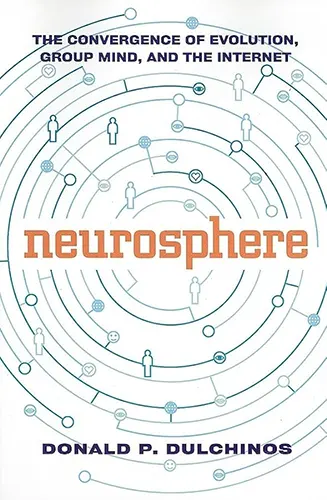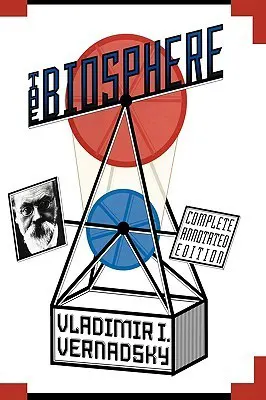Acceleration of Knowledge
Throughout history we hairless primates have been jumping higher, living longer, and getting smarter every century. From Thai stir-fry to Roman roads, knowledge doubled faster as it drifted West—till now it jumps each year! Space migration? Check. Intelligence increase through yoga, drugs, or machines? You bet. Genetic tinkering? It's coming. And indefinite lifespans? We're on the yellow brick road to divinity, to roam the stars forever, to boldly go where no ape has gone before. The future's so bright I gotta wear shades. Keep hope alive and party on!

Metapatterns
In the interdisciplinary tradition of Buckminster Fuller’s work, Gregory Bateson’s Mind and Nature, and Fritjof Capra’s Tao of Physics, Metapatterns embraces both nature and culture, seeking out the grand-scale patterns that help explain the functioning of our universe. Metapatterns begins with the archetypal patterns of space, both form-building and relational. Tyler Volk then turns to the arrows, breaks, and cycles that infuse the workings of time. With artful dexterity, he brings together many layers of comprehension, drawing on an astounding range of material from art, architecture, philosophy, mythology, biology, geometry, and the atmospheric and oceanographic sciences. Richly illustrating his metapatterns with a series of sophisticated collages prepared for this book, Volk offers an exciting new look at science and the imagination. As playful and intuitive as it is logical and explanatory, Metapatterns offers an enlightening view of the functional, universal form in space, processes in time, and concepts in mind.

Neurosphere
According to Donald Dulchinos, the real action on the Internet isn’t in the realm of commerce. It is, plain and simple, in the realm of religion. But not exactly that old-time religion. This book is about the spiritual impact of our increasing ability to communicate quickly and with enhanced evolution. It's about our search for meaning, our hunger for a glimpse at humanity's future development in which, frighteningly or excitingly, the trend is clearly toward increasing integration of telecommunications and information technology with the body itself. Electronic prosthetics, direct neural implants, and the brain's control of electronic and mechanical limbs move the boundary that used to exist between human and machine to some undefined frontier inside our bodies, our brains, and, perhaps, our minds.

The Biosphere
Long unknown in the West, The Biosphere established the field of biogeochemistry and is one of the classic founding documents of what later became known as Gaia theory. It is the first sustained expression of the idea that living matter is a geological force that can shape Earth’s evolution, changing its landforms, climate, and atmosphere. This groundbreaking work sheds light on the interconnectedness of life and geology, offering profound insights into the Earth's ecological balance and the impact of human activities on the planet.
The Overview Effect
Viewing the Earth from space has often prompted astronauts to report overwhelming emotion and feelings of identification with humankind and the planet as a whole. In this article, we explore this experience, known as the “overview effect.” We examine astronaut accounts of the overview effect and suggest existing psychological constructs, such as awe and self-transcendent experience, that might contribute to a psychological understanding of this experience. We argue that the overview effect suggests directions for future research on altered states of consciousness in new contexts, with potential implications for better understanding well-being in isolated, confined, extreme (ICE) environments such as space flight.
Virtual Reality and Electronic Highs
Terence discusses virtual reality technology, which allows people to have immersive experiences in digital worlds. He describes the state of VR in the 1990s and speculates on its future implications, both positive and negative. He reflects on how VR could lead to new forms of communication and imagination, but also trivial entertainment. If used thoughtfully, he concludes, VR holds tremendous transformative potential.